Across India an entire category of architecture is slowly crumbling into obscurity, and you’ve probably never even heard it. Such was the case 30 years ago when Chicago journalist Victoria Lautman made her first trip to the country and discovered the impressive structures called stepwells.
Like gates to the underworld, the massive subterranean temples were designed as a primary way to access the water table in regions where the climate vacillates between swelteringly dry during most months, with a few weeks of torrential monsoons in the spring.
[wp_ad_camp_1]
Thousands of stepwells were built in India starting around the 2nd and 4th centuries A.D. where they first appeared as rudimentary trenches but slowly evolved into much more elaborate feats of engineering and art. By the 11th century some stepwells were commissioned by wealthy or powerful philanthropists (almost a fourth of whom were female) as monumental tributes that would last for eternity. Lautman shares with Arch Daily about the ingenious construction of the giant wells that plunge into the ground up to 10 stories deep:
Construction of stepwells involved not just the sinking of a typical deep cylinder from which water could be hauled, but the careful placement of an adjacent, stone-lined “trench” that, once a long staircase and side ledges were embedded, allowed access to the ever-fluctuating water level which flowed through an opening in the well cylinder. In dry seasons, every step—which could number over a hundred—had to be negotiated to reach the bottom story. But during rainy seasons, a parallel function kicked in and the trench transformed into a large cistern, filling to capacity and submerging the steps sometimes to the surface. This ingenious system for water preservation continued for a millennium.
Because of an increasing drop in India’s water table due to unregulated pumping, most of the wells have long since dried up and are now almost completely neglected. While some stepwells near areas of heavy tourism are well maintained, most are used as garbage dumping grounds and are overgrown with wildlife or caved in completely. Many have fallen completely off the map.
Inspired by an urgency to document the wells before they disappear, Lautman has traveled to India numerous times in the last few years and taken upon herself to locate 120 structures across 7 states. She’s currently seeking a publisher to help bring her discoveries and photographs to a larger audience, and also offers stepwell lectures to architects and universities. If you’re interested, get in touch.
You can read a more comprehensive account of stepwells by Lautman on Arch Daily.
Source: thisiscolossal.com

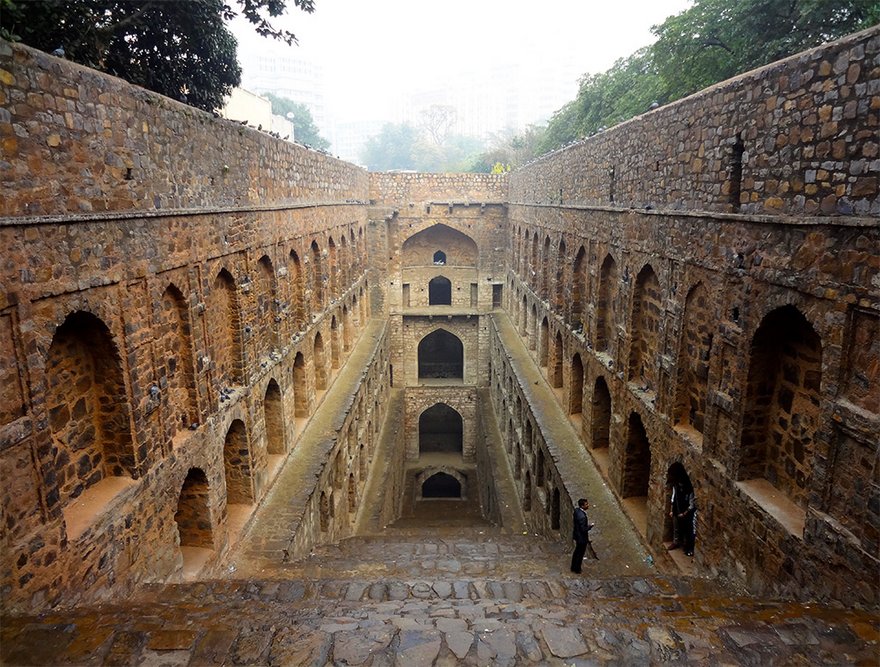
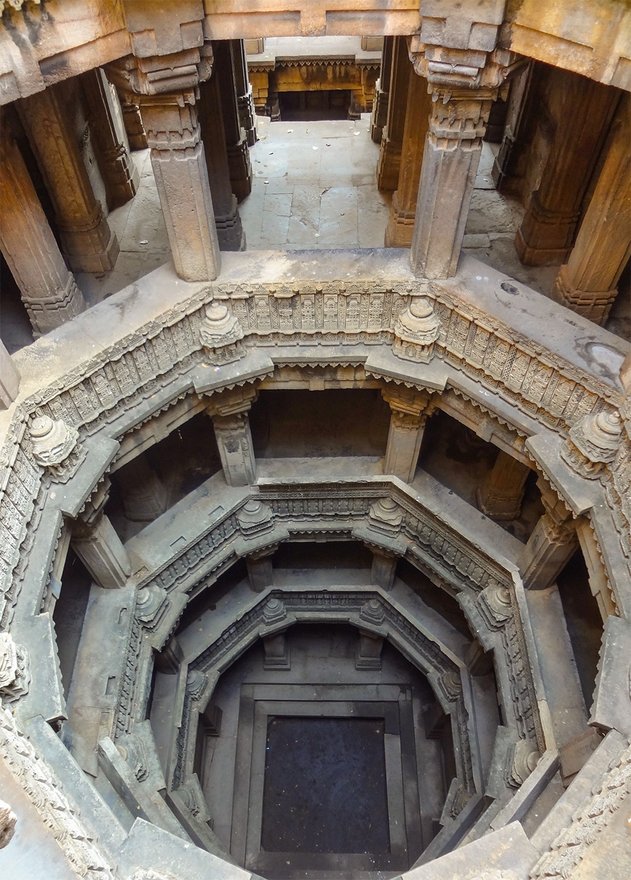
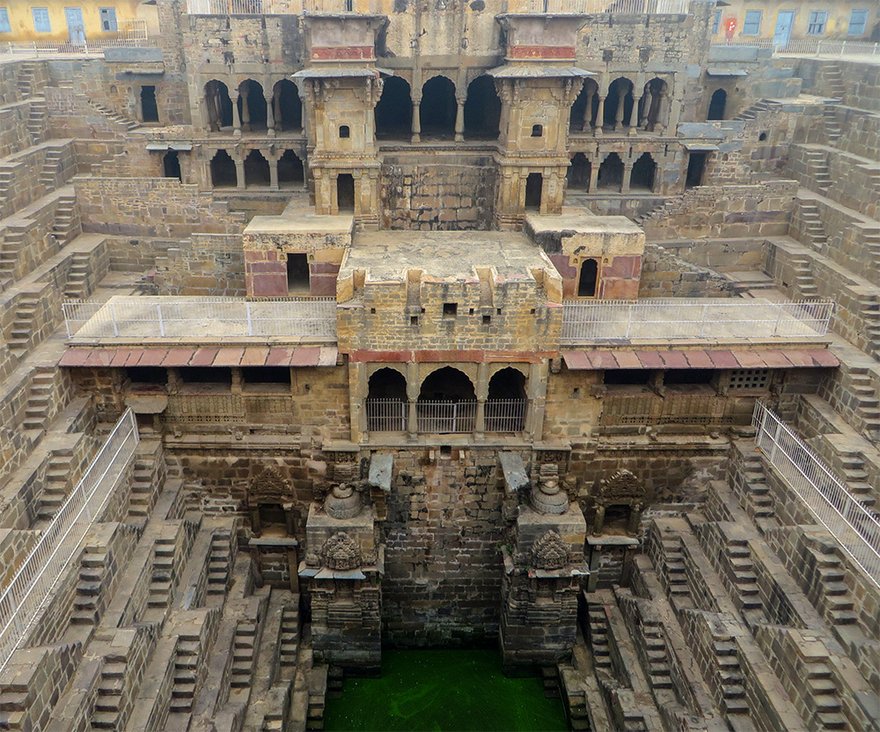
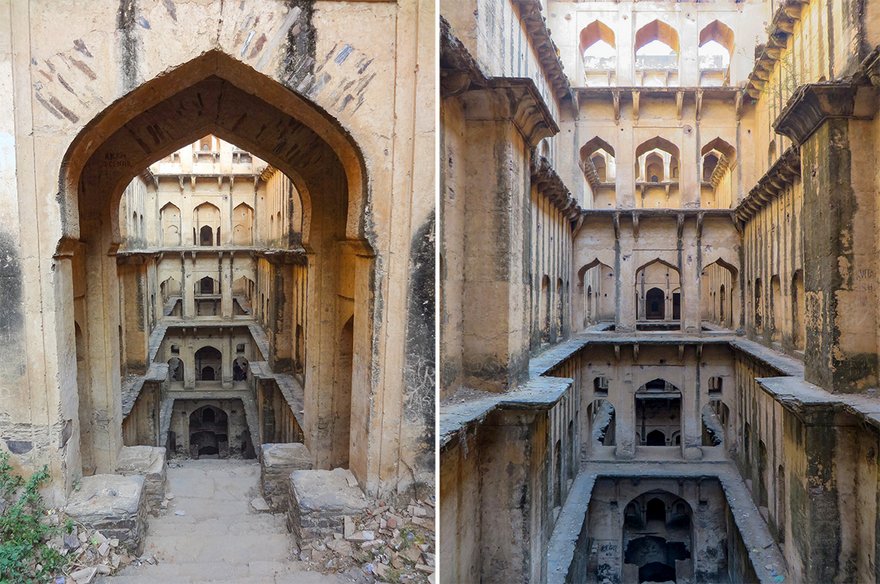
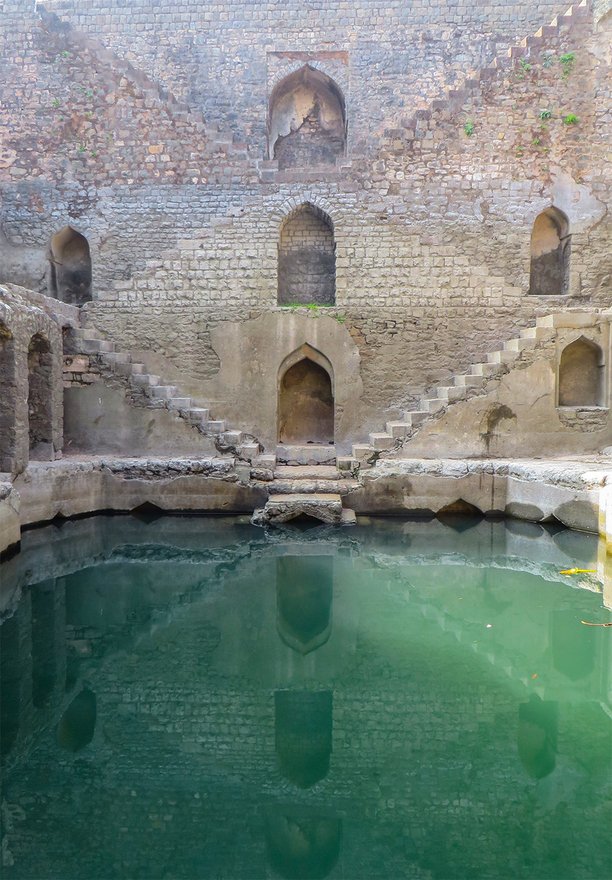
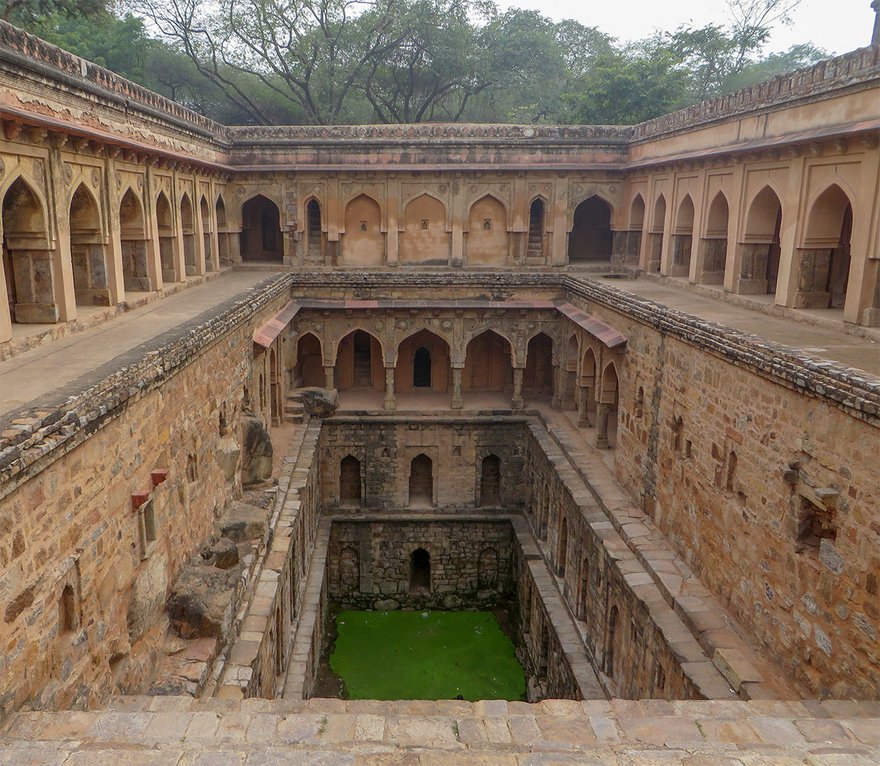
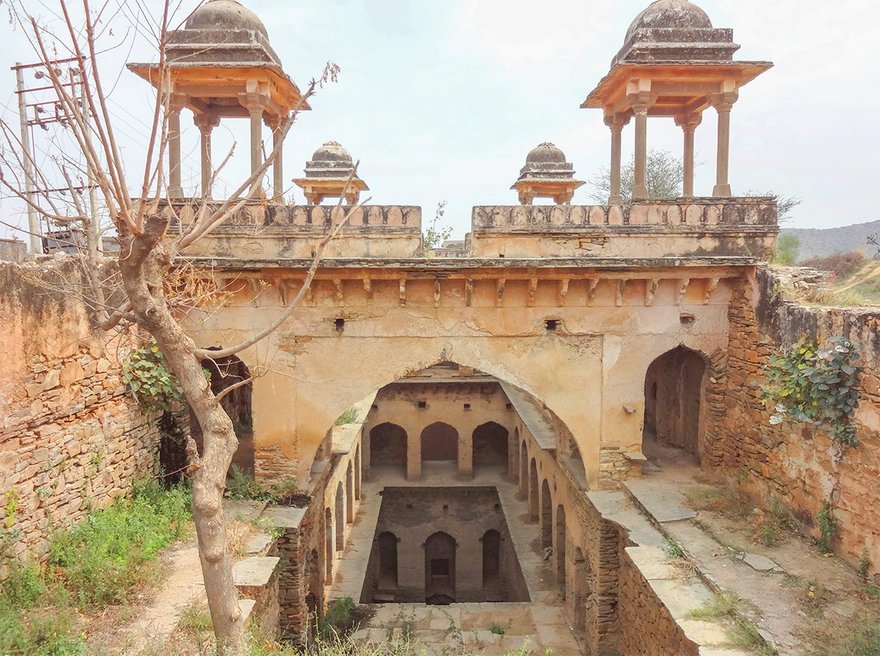
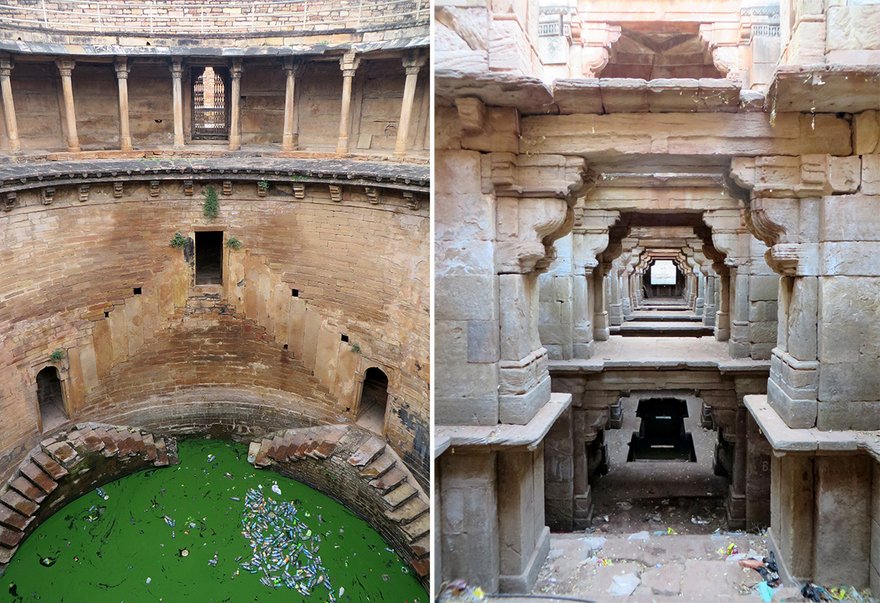
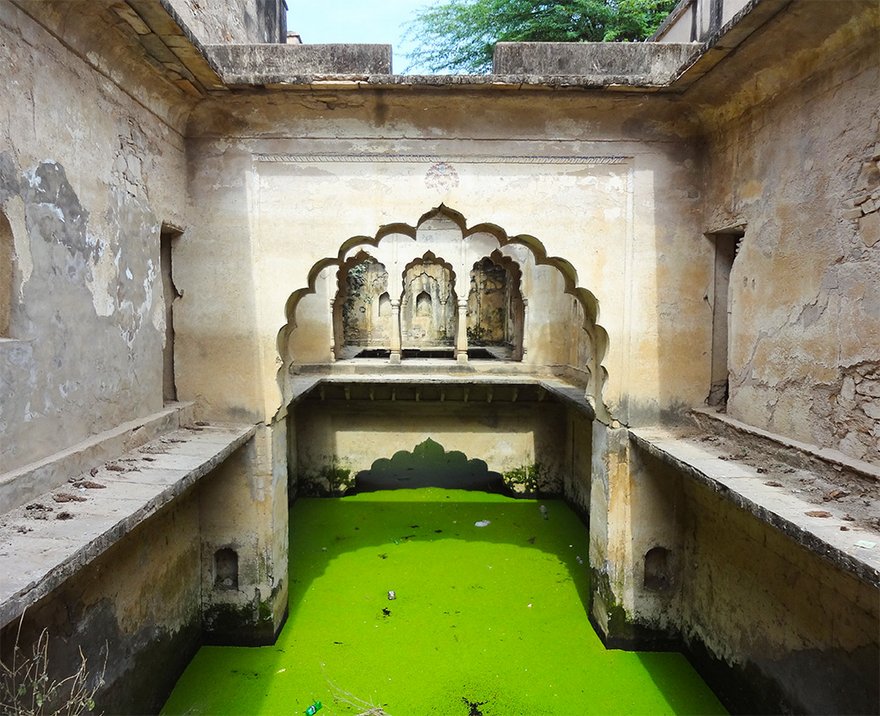
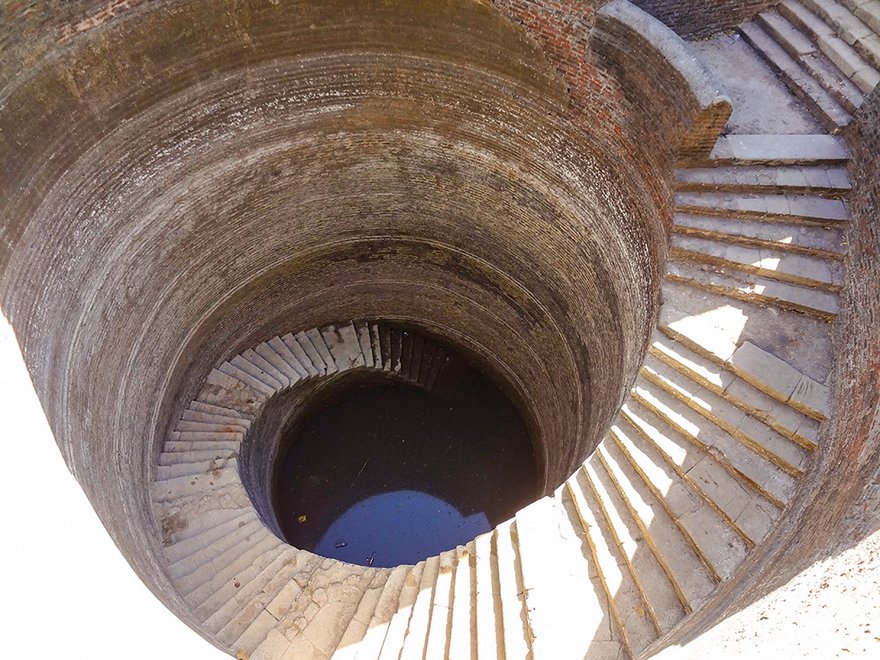
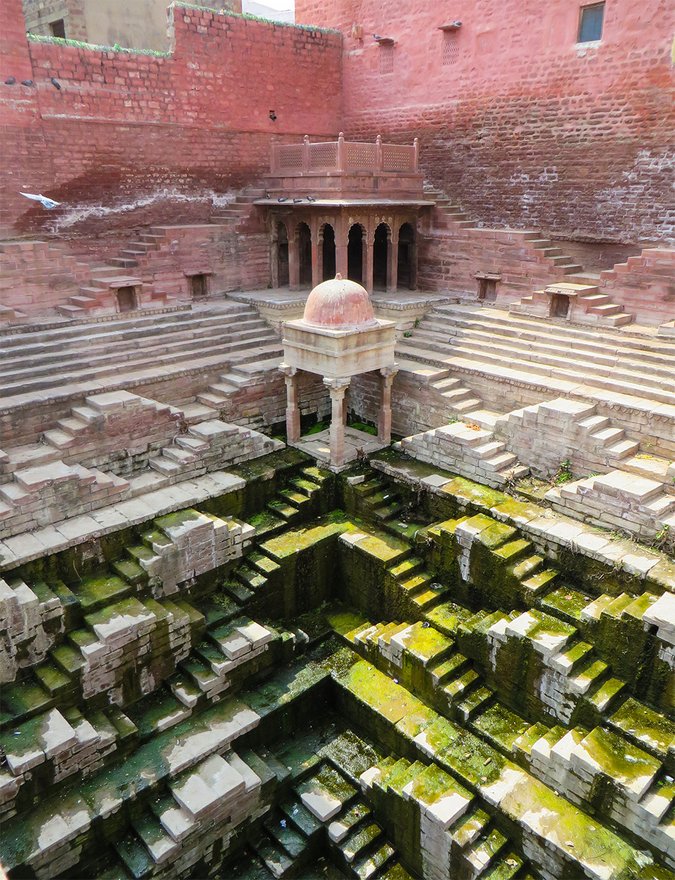
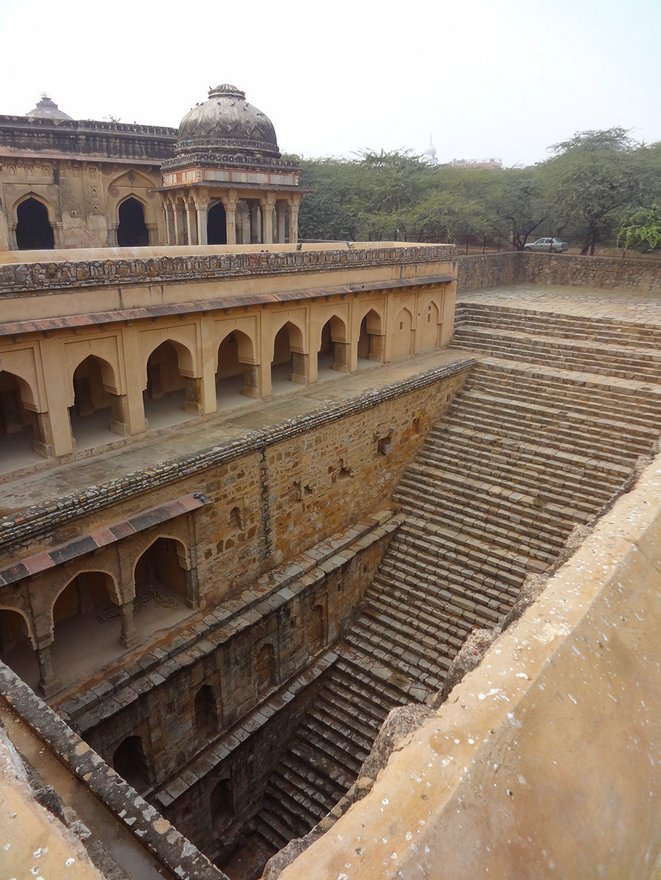










Namaste ,
I am very much happy to receive this type of knowledge about the religion ,history and some unfogatble things .thank you so much for the updation
Regards,
Nibha
Thank You
Wow! simply incredible and enriching. The articles are really worthwhile and very informative.
Thanks indeed!
thank you so much Victoria for bringing this neglect to the forefront…you had to related to this culture in your past life…keep up your noble mission…you should be conferred a honorary citizenship to honor your work,,,;-)))
Wow, they are absolutely beautiful. I think the Indian government should devote much more money to preserving this type of rare architecture, which is truly iconic, and of course, surely still of great value, being a type of architecture that could be copied elsewhere today to make water available to India’s growing population.
I have read also of how Vrindavan is increasingly covered in rubbish, and the holy rivers greatly polluted. The government should attend to correcting these situations without any delay, never mind pointlessly spending money on arms, as led to by corrupt and immoral arms companies, and they should supply proper ‘restroom’ facilities and waste treatment plants to all the population before attempting any more space shots, this being our present place of residence in space.
My appreciation to the author for carrying out this research and placing it in front of people. The photo’s reminds me two Hampi’s ponds. I have seen many such at various places especially next to temples but not through similar lens. A good article to show the water harvesting system and mind set of earlier generation.
It is a commendable work, collecting photos of several step-wells in India. I would like to draw the explorer’s attention to one or two of step-wells near Kanchipuram, Tamil Nadu. One is located some five kilometres south of the city on the southern banks of River Palar. It actually belongs to the Hanuman temple located a kilometre away on the western side at Ayyampet. The step well at Poonjarasanthaangal near the high way has two tall monoliths with a cross stone connecting them at the top highway has the Gajalakshmi – Image of Goddess Lakshmi, flanked by two elepahants at the entrance to well.
Once inside you will be surprised to find a square corridor supported by stone pillars with carved images.
In the north-west corner there is a deep niche where the Image of Lord Varadaraja Perumal is brought and placed inside and prayers made on Fullmoon Night in the month of Chitra (April every year). It is a well-defined mandap.
There is one at Uthukkottai without such elaborations. The entrance is often identified by the Gajalakshmi sculpture. At other places the entrance is cut inside a super structure of lion.
M.D.Jayabalan, Prof. APEX Professional University, Pasighat, Arunachal Pradesh
It is great that we are able to see such marvels as these by the efforts of this noble lady who has spent 4 years in Bharat recording all these engineering structures. Thank you very much.
Wonderful article. I agree with Mothman 777 as to provide proper facilities in terms of hygiene and water
This system of water preservation should be revived
I also believe that lot of other countries will follow for the befit of humanity.
See the guidelines are there. Main frame scientific , technical work is provided to the govt.
Namaste
Kindly provide me the detail of the author, her email I’d and contact no.
I would love to help her for the publication.
Divya Shrivastava,Ph.D.
While admiring the selfless deeds of our ancestors, we should determine and contribute to the present and forth coming generations by helping consuming water judiciously and improving water tables considerably.This can be done spending resources properly and educating every other person about this.We all know fairly the unfair practices of politicians raising issues between states for personal gains and looting money lobbying and polarizing our own country men. we all know that without water nothing can happen. There is a harsh saying in Tamil that even if a mother is faltered, water should not be faltered..